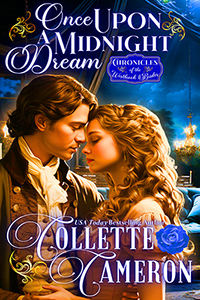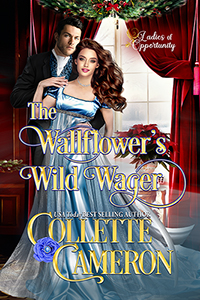The Fashionable Gentleman
Yes, I confess, I’m reblogging this wonderful piece from Susana Ellis’s blog, Susana’s Parlour. I saw this article the other day and was so impressed, I asked if I might reblog the whole darn thing. Susana graciously agreed.
Thank you, Susana!
| Now here’s a dapper fellow for you! |
Regency gentlemen had a serious obsession with fashion, especially after Beau Brummell arrived on the London scene. More about him next week.
During the Regency, knee breeches gave rise to trousers, although it was a good long time before trousers were accepted at Almack’s Assembly Rooms. By 1816, after Brummell’s flight to the continent, trousers became all the rage, with breeches reserved for very formal occasions (except for older gentlemen who did not adapt well to change).
Pantaloons and trousers were made of light colors, such as buff or yellow, and clung tightly to the body. Pantaloons had side slits with buttons to keep them tight, and straps under the instep to keep them in place.
| I (Collette here) just had to edit a scene last night where I needed to know what a gentleman’s collar and open shirt might look like. |
A gentleman’s shirt tended to be long, shapeless, and white. Over the shirt would go the waistcoat (white for evening wear, colorful and eye-catching for day wear). An elaborately-tied cravat would spill over the shirt and waistcoat. Over that would be a dress coat with tails—cut in a straight line from the waist down), or a morning coat or riding coat, which also sported tails, but was cut away in front. Following Waterloo, a frock coat with a military design became popular for informal occasions. Over all of this would be a great coat, worn all year round, often with capes of various lengths along the top.
Black boots were the daytime shoes of choice for a Regency gentleman, particularly Hessians, which were knee boots that sported a tassle in front. Hessians were worn over the trousers, but at the end of the Regency,Wellington boots, which were worn under breeches, which were tied at the foot, became popular. For evening wear, black pumps—perhaps made of the new patent leather—and silk stockings were worn. Hobywas the bootmaker of choice.
Regency gentlemen wore top hats of various shapes and sizes, and hats made of beaver were quite popular.Lock’s was the hatter of choice for the exclusive Regency gentleman. Gloves, jewelry (cravat pins, rings, and fobs), snuff boxes, quizzing glasses, and scents were also important to a gentleman’s toilette. Thanks to Beau Brummell’s fastidious cleanliness, bathing also become de rigueur in the Regency.
Just as Regency ladies required a personal maid or abigail to assist them with dressing and care for their wardrobe, gentlemen required the services of a valet.
For further information:













